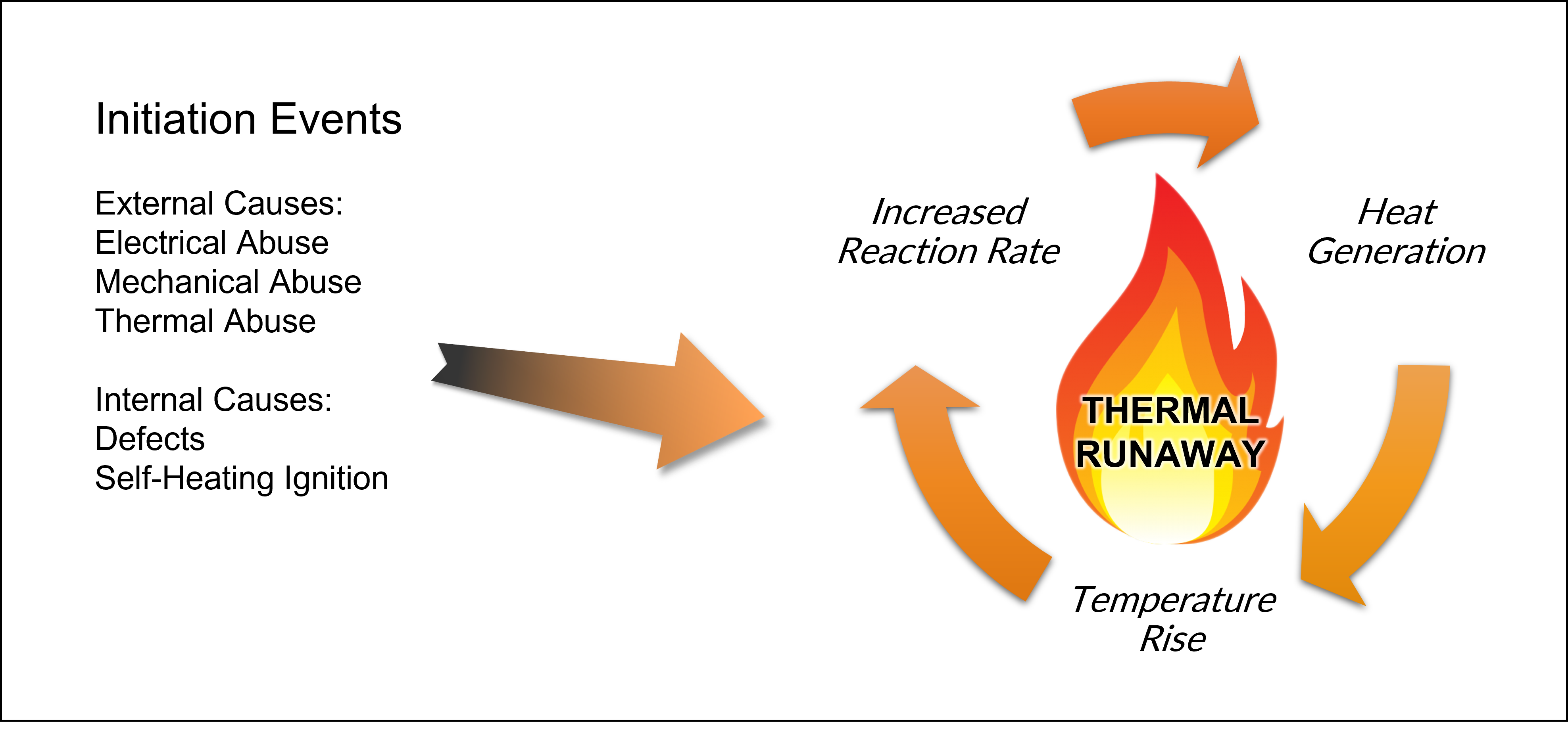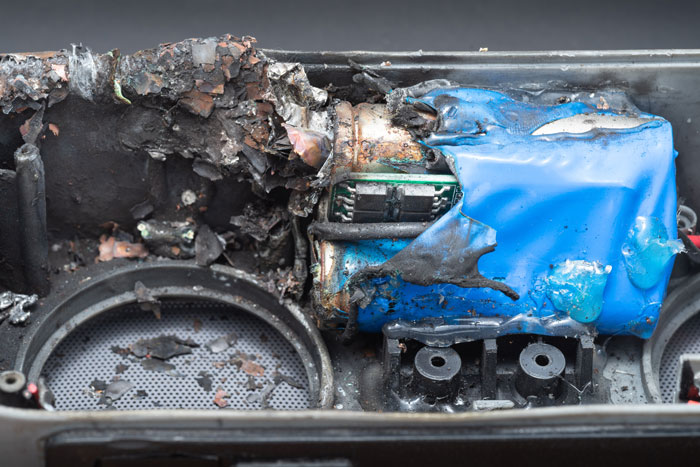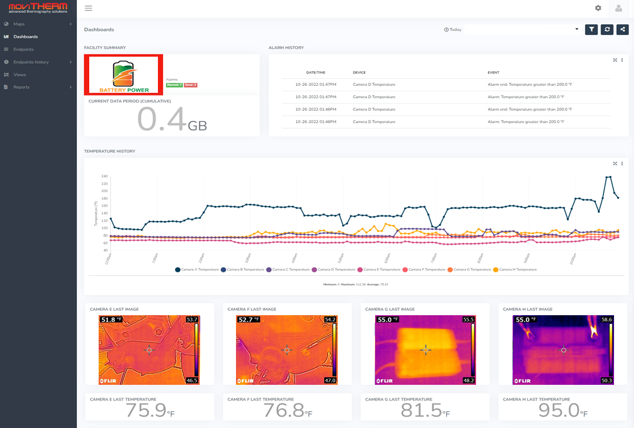With the growing need for renewable energy solutions, battery storage technology has become essential in the shift towards sustainability. Lithium-ion batteries, while efficient and rechargeable, carry significant safety risks, particularly the possibility of fires. As reliance on these systems increases, so does the importance of fire protection. Implementing robust fire protection measures ensures the safety of both people and property. In this article, we’ll delve into various fire protection strategies and technologies specifically designed for battery storage systems. These include prevention, detection, and mitigation techniques to minimize the impact of potential fires. Recently, there has been a noticeable uptick in fires linked to Battery Energy Storage Systems (BESS). Although BESS provides a practical solution for energy storage, it’s crucial to address the fire risks involved. These fires can stem from several factors, such as thermal runaway, manufacturing defects, physical damage to batteries, and improper installation. Lithium-ion batteries pose a serious fire hazard when stored incorrectly. Their flammable electrolytes can ignite and spark fires that spread rapidly, leading to extensive property damage, injuries, and even fatalities. When multiple batteries are grouped together, the risk of a domino effect arises—where one battery's thermal runaway can trigger others to catch fire. Once initiated, thermal runaway can propagate to adjacent cells, resulting in a cascade of failures that are difficult to control. To prevent thermal runaway, it's vital to monitor battery temperatures, regulate charging rates, avoid overcharging, and maintain a safe ambient temperature. Proper ventilation, early detection systems, and comprehensive emergency plans can help manage the consequences should thermal runaway occur. Thermal imaging plays a crucial role in monitoring battery cell temperatures and preventing thermal runaway. By using thermal cameras, operators can spot temperature changes in real time and swiftly identify hotspots or abnormal heat signatures. This enables immediate action to cool down affected cells and stop a potential thermal runaway event. Thermal imaging also helps identify faulty cells emitting excessive heat, allowing them to be removed before they pose a fire risk. Defects during the manufacturing process can be a major fire hazard in lithium-ion batteries. These defects may lead to short circuits or other malfunctions, which can escalate into thermal runaway and subsequent fires. For instance, if the separator—the material separating the positive and negative electrodes—is flawed, it can cause the electrodes to touch, leading to a short circuit and overheating. Similarly, contamination of the anode or cathode during production can result in gas buildup, rupturing the cell and causing a fire. Thermal imaging serves as an effective method for detecting manufacturing defects in lithium-ion batteries. Thermal cameras can pick up temperature anomalies in the battery cells, signaling defects or other issues that could lead to thermal runaway. For example, a hotspot in a battery cell might indicate a manufacturing defect causing excess heat generation. Identifying these defects early allows manufacturers to take corrective actions to prevent potential fires or other hazards. Thermal imaging can also be utilized during the testing phase of battery development to uncover defects prior to deployment. Incorrect installation of battery energy storage systems introduces fire hazards. If a BESS isn’t installed correctly, it can lead to faulty wiring, circuit overloads, or poor ventilation—all of which can cause overheating and thermal runaway. If the storage system lacks proper fire protection measures, a fire can spread quickly, causing significant destruction. It’s critical to have qualified professionals handle BESS installations according to the manufacturer’s guidelines and local codes and regulations. In addition, installing an early fire detection (EFD) system is vital. These early warning systems safeguard both equipment and personnel. EFD systems can detect incipient fires in their earliest stages, enabling timely responses and mitigations. EFD systems employ various methods, including thermal imaging cameras, to detect the initial signs of a fire. By equipping battery storage facilities with an early fire detection system, the likelihood of a BESS fire is drastically reduced, minimizing potential damage. As mentioned earlier, thermal imaging is a key tool for maintaining safety in lithium-ion battery energy storage systems. Thermal cameras can identify defects or early signs of thermal runaway throughout the battery lifecycle, from manufacturing to operation and storage. A fire protection system incorporating thermal cameras, like EFD, is indispensable for energy storage systems (ESS). Installing an early fire detection system in battery storage facilities ensures that any potential fires are swiftly detected and contained. The MoviTHERM iEFD system has demonstrated exceptional effectiveness in preventing and detecting lithium-ion battery fires. It tackles the unique challenges of battery storage facilities, such as the risk of thermal runaway and the rapid spread of fire across multiple batteries. One of the standout benefits of the iEFD system is its real-time temperature monitoring of individual battery cells. Real-time monitoring enables the early detection of potential thermal runaway or other fire hazards. This allows facility managers to act immediately to stop fires from spreading. The system combines smart thermal imaging with intelligent alarm management for maximum safety and reliability. The iEFD system is versatile and scalable, suitable for a wide range of battery storage applications. It can be tailored to meet specific needs, offering peace of mind that facilities are adequately protected. Contact us today to learn how the MoviTHERM iEFD can help protect your storage facilities. Corn Sheller,Small Electric Corn Thresher,The easiest corn thresher,Wind suction corn thresher Hunan Nongle Machinery Co., Ltd. , https://www.nongleagro.comWhat Are the Risks of Fire in Battery Storage Systems and How Can We Prevent Them?
Understanding the Dangers and Prioritizing Safety
The Fire Risks Associated with Lithium-ion Batteries
Thermal Runaway: Causes and Prevention
 Thermal runaway refers to a dangerous chain reaction in lithium-ion batteries, causing overheating, gas buildup, and sometimes explosions. This typically happens when a cell's temperature exceeds a critical threshold due to overcharging, high ambient temperatures, or internal short circuits.
Thermal runaway refers to a dangerous chain reaction in lithium-ion batteries, causing overheating, gas buildup, and sometimes explosions. This typically happens when a cell's temperature exceeds a critical threshold due to overcharging, high ambient temperatures, or internal short circuits.Manufacturing Defects

Improper Installation
Ensuring Safety with Thermal Imaging
The MoviTHERM iEFD System

